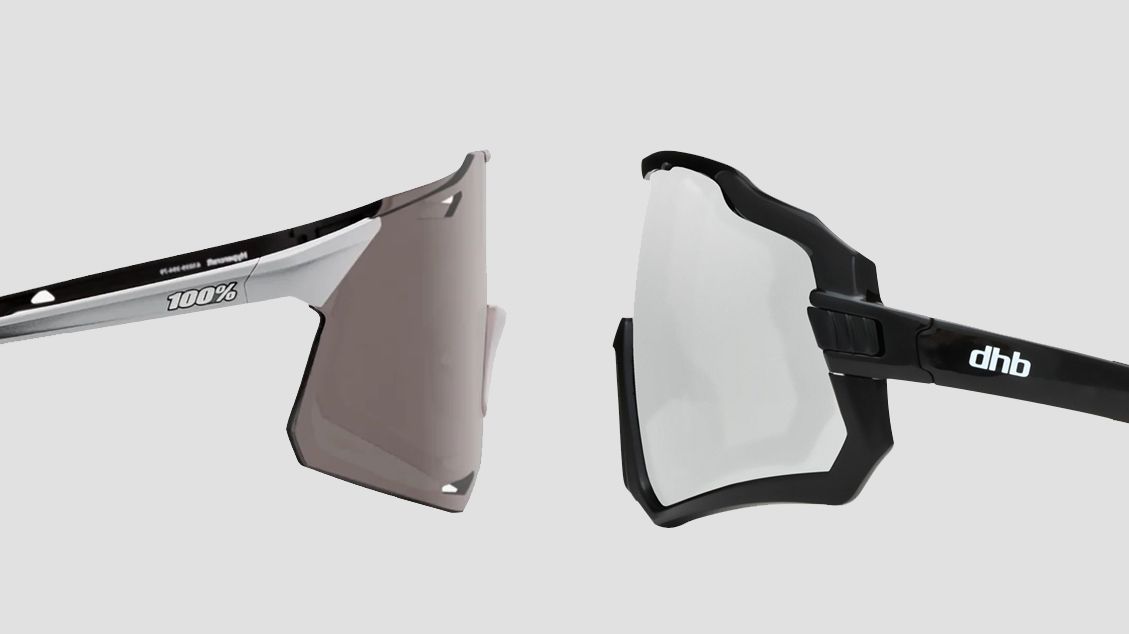However much or little you spend on your cycling sunglasses, they’re all going to do much the same thing: keep your eyes protected from bugs and dust and, depending on the lens tint you choose, provide appropriate shading for the conditions.
All cycling sunglasses will also have to meet the same minimum standards, including UV protection and shatter resistance too, assuming they’re sold legally where you live. Likewise, there’s no reason to spend on flashy features if you don’t need them, for example, if you always ride in daylight the option to swap out to a clear nighttime lens may not be that important to you.
So why buy the best cycling sunglasses from the flagship brands when you are likely to get similar protection from the best cheap cycling sunglasses? Here’s where your hard-earned cash might buy you better tech as you move up the price range, but before we begin, an important reminder: as you read through this explainer, don’t let the pull of fancy features override your needs.
More lens technology
Cycling glasses are (almost) entirely about the lenses, not just to keep stuff out of your eyes, but to improve eye comfort as you ride. Pay more and you’re likely to get more technology added in.
That starts with tints and wavelength filters designed to increase contrast so that you get a better view of the road ahead and can more easily spot obstacles. Oakley’s Prizm lenses are designed to do just that, but there’s equivalent tech in, for example, Smith Optics’ ChromaPop lenses. That’s something that requires R&D and that lower-priced sunglasses are unlikely to match.
Other tech that you pay more for – even if you opt for a premium design – includes polarised or photochromatic lenses. Polarisation reduces glare, thus lowering strain on your eyes, and again increases definition over non-polarised lenses. A word of warning though, polarised lenses can reduce your ability to spot surface water on the road, so while they may reduce glare generally, they may also be slightly less safe.
Photochromatic lenses change in darkness as light levels change. That’s particularly useful when riding between bright sunlight and shade and also means that you can use the same pair of glasses with the same lenses in the height of summer and on a grey wintery day. It’s technology that you can find in cheaper sunglasses as well as premium ones,…
Click Here to Read the Full Original Article at CyclingNews RSS Feed…

